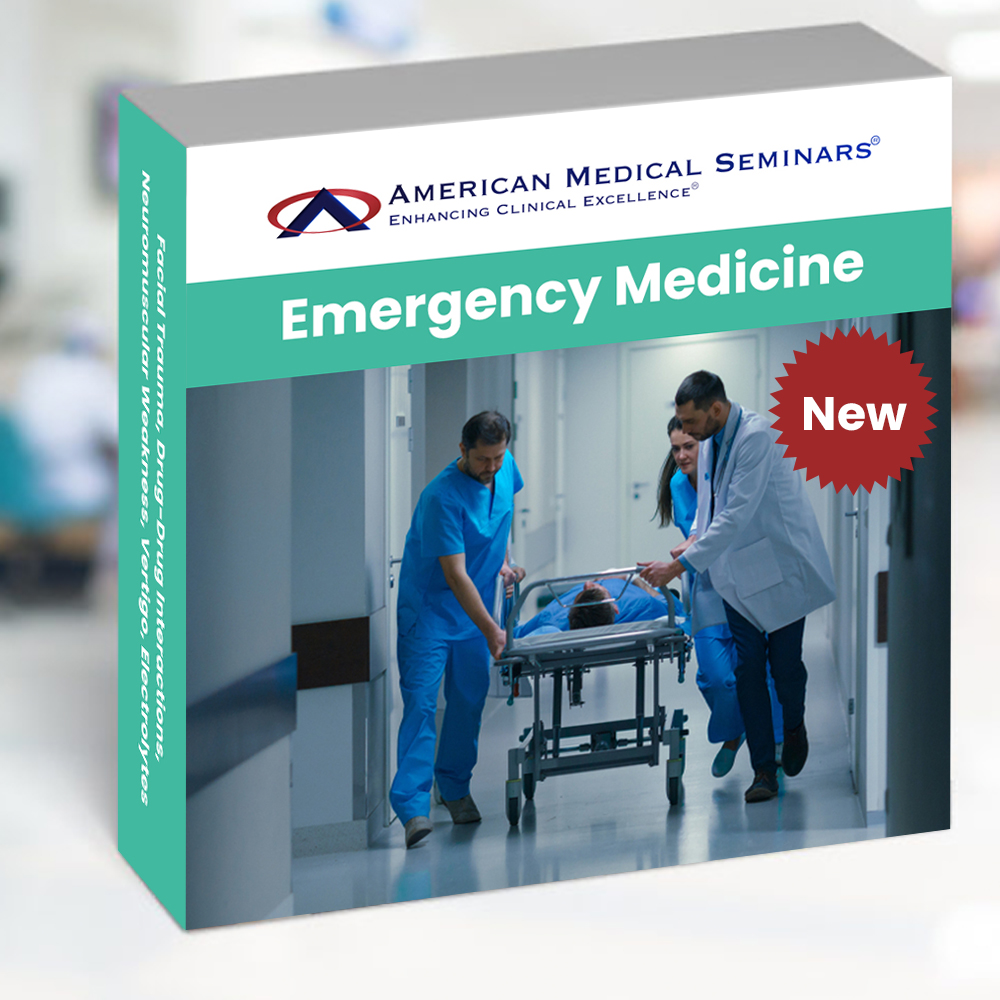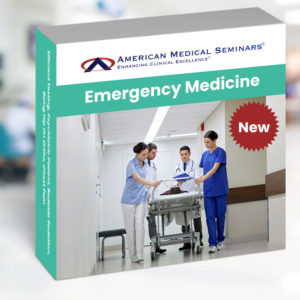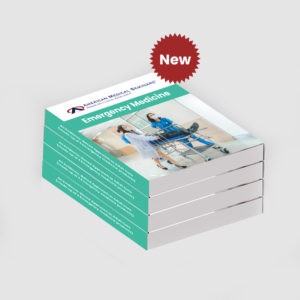Title: W-20220418-Emergency Medicine: Facial Trauma, Drug-Drug Interactions, Neuromuscular Weakness, Vertigo, Electrolytes
Course ID: W-20220418-Emergency Medicine-1
Faculty: Andrew Chang, M.D., M.S., F.A.C.E.P., F.A.A.E.M. and Joel Kravitz, M.D., F.A.C.E.P, F.R.C.P.S.C.
Original Release Date: July 1, 2022 Expiration Date: July 1, 2025
TOPIC 1: Facial Trauma (Kravitz)
Upon completion of this session, the participant should be able to: EBM, GL, COMP
- Perform both a rapid screen and a thorough evaluation of the patient with facial trauma.
- Outline the challenges in securing an airway in the patient with facial trauma.
- Describe the indication for different imaging procedures for facial trauma.
- Manage injuries to the soft tissues of the face (lips, tongue, eyelids…).
TOPIC 2: Drug-Drug Interactions (DDIs) (Kravitz).
Upon completion of this session, the participant should be able to: EBM, GL, COMP
- Assess the scope of the problem of drug-drug interactions as it pertains to both the outpatient and emergency settings.
- Explore interactions between prescription and non-prescription medications and review their treatments in the context of the Beers Criteria.
- Review common drug-drug interactions and their complications commonly seen in the emergency room.
TOPIC 3: Neuromuscular Weakness (Kravitz).
Upon completion of this session, the participant should be able to: GL, COMP
- Discriminate between various clinical entities causing neuromuscular weakness, including Guillain-Barre syndrome, myasthenia gravis, and others.
- Demonstrate techniques to be able to discriminate between organic and functional weakness.
- Compare and contrast upper and lower motor neuron disease.
TOPIC 4: As the World Turns: Peripheral Vertigo in the ED (Chang) .
Upon completion of this session, the participant should be able to: GL, COMP
- Illustrate the pathophysiology of benign positional vertigo.
- Differentiate the various diagnostic tests in the evaluation of patients with peripheral vertigo.
- Discover how to perform various therapeutic maneuvers, such as the Epley maneuver, in the treatment of patients with benign positional vertigo.
- Identify treatment recommendations for vestibular neuritis using evidence-based medicine from NEJM.
TOPIC 5: Electrolytes at Panic Levels (Chang) .
Upon completion of this session, the participant should be able to: GL, COMP
- Specify common ED causes of potassium and sodium abnormalities.
- Discriminate the various therapies used to treat hyperkalernia.
- Specify the indications to adminster hypertonic saline.
- The receipt for any incentive-associated purchase will designate the value of the gift card separately from the cost of the learning activity.
- This incentive may have implications on your tax reporting obligations. Any reimbursed amount must be declared as personal income for tax purposes.



